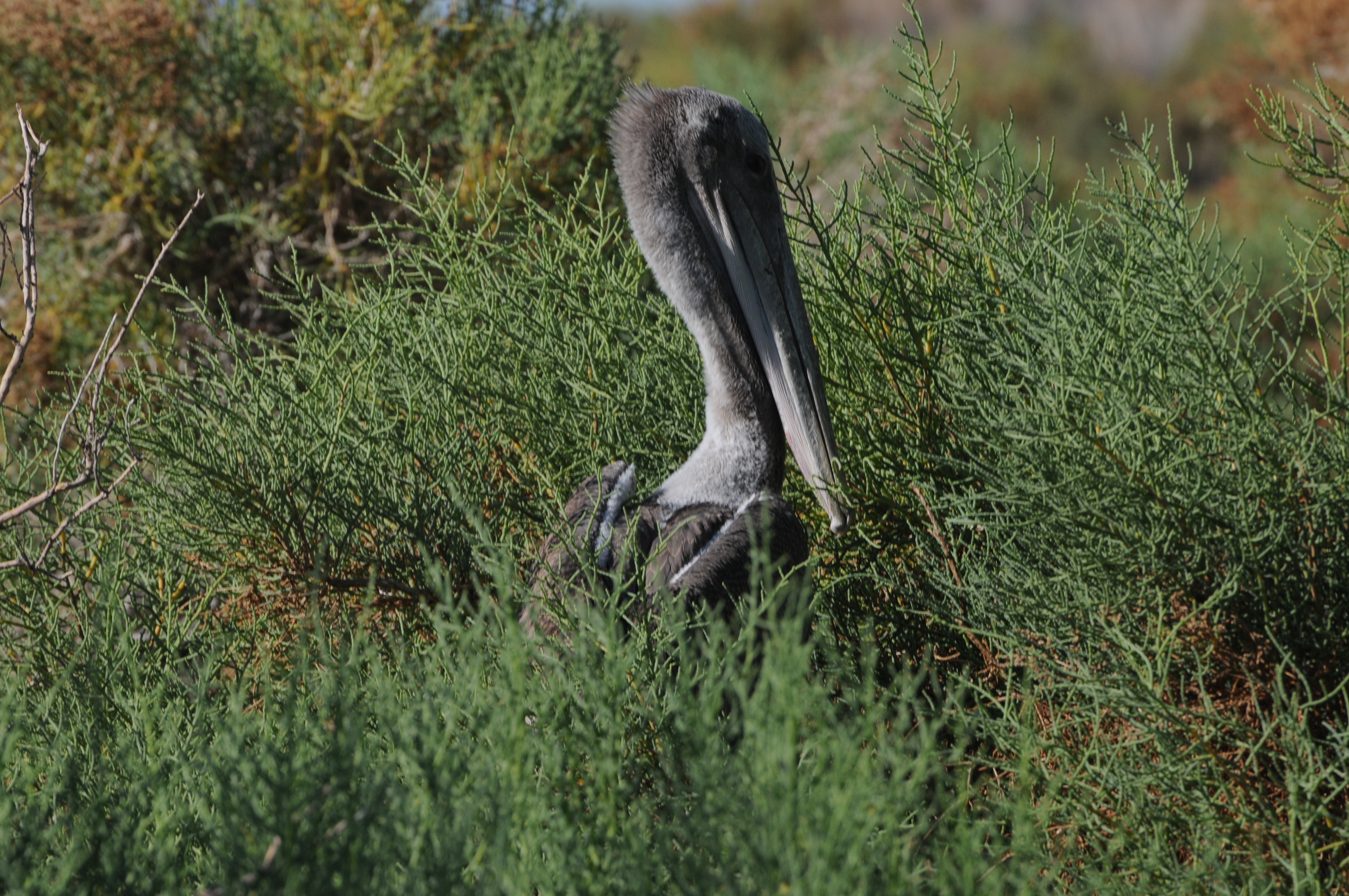Drastic Drop in Baby Brown Pelicans: Blame El Niño?

An endangered species success story is suffering this year, perhaps because of El Niño.
California brown pelicans almost completely failed to breed at their nesting sites in Mexico this year, surveys have found. Scientists are reluctant to blame any one cause for the drastic decline in fuzzy-headed baby pelicans, but a similar drop in breeding numbers struck during previous El Niño events.
"Over the years, we've seen that during an El Niño, their breeding effort goes way down," said Daniel Anderson, a University of California, Davis wildlife biologist who has monitored California brown pelicans for 46 years. Overfishing of sardines and habitat loss could also be hurting the pelican population, Anderson said.
But this year is the biggest drop in baby pelicans Anderson has seen in nearly five decades. [In Photos: Flight of the Brown Pelicans]
"This is about as extreme as we've ever observed," Anderson told Live Science.
Scientists have yet to officially declare an El Niño, but forecasts call for a 78 percent chance of the climatic event occurring by summer.
The pelicans' behavior this year suggests they're already responding to the developing El Niño, Anderson said. "Although the El Niño isn't really full-blown, the birds are starting to show an early effect," he said.
Get the world’s most fascinating discoveries delivered straight to your inbox.
How warm water hurts baby birds
An El Niño is a natural climate cycle that displaces cool water in the Eastern Pacific Ocean with warmer water, which disrupts fish populations. During previous El Niño years, brown pelicans trailed their shifting food supply, flocking to more northerly fishing grounds earlier than usual, studies found.
"Their food migrates, and so they need to track their food," Anderson said.
However, more research is needed to link this year's decline to El Niño. For example, while El Niño conditions favor a boom in sardine populations, anchovies are at a low point in their natural cycle, and the oily fish is a favorite food for breeding brown pelicans, Anderson said.
The low numbers of brown pelican hatchlings suggest a lack of food for adults at the Baja breeding grounds. This spring, if the birds arrived at breeding colonies at all, many abandoned their nests, the survey reports. Roughly 90 percent of California brown pelicans breed offshore of western Mexico.
This year, the brown pelicans migrated to food hot spots along the California coast six weeks earlier than expected, according to the annual population survey led by Anderson.
Breeding numbers are also down to about 1 percent of average, the survey reports. Here are some the findings:
- On Isla Angel de la Guardia, there were only 120 pelican nesting pairs and no hatchlings. In 2006, the survey counted 3,550 nesting pairs and 3,905 young birds.
- On Isla San Luis, there were 465 nesting pairs and 16 young (9 percent of normal). Here, in 2006, the team counted 5,400 nesting pairs and 5,940 young birds.
- On Isla de Piojo, there were 70 nesting pairs and no hatchlings (19 percent of normal), compared with 600 nesting pairs and 660 young birds in 2006.
Expect a rebound
Pelicans are long-lived and breed for decades, so a single year's failure is not likely to impact the population significantly. "Every other time they've bounced back, so we expect them to bounce back again," Anderson said. "That's part of the natural cycle during an El Niño."
However, Anderson notes that the El Niño's effects on fish populations could mean a second year of breeding failure for pelicans. The birds need 100 to 150 pounds (45 to 68 kilograms) of fish for each hatchling over a period of five months.
Brown pelicans were once critically endangered, nearing extinction, because of the effect of the insecticide DDT on their eggs. In the 1960s, biologists noticed the birds were laying unusually thin eggs, and attributed the deformed eggs to DDT. After DDT was banned in the United States in the 1970s, the population recovered, and the iconic bird was removed from the Endangered Species list in 2009.
Email Becky Oskin or follow her @beckyoskin. Follow us @livescience, Facebook & Google+. Original article on Live Science.




